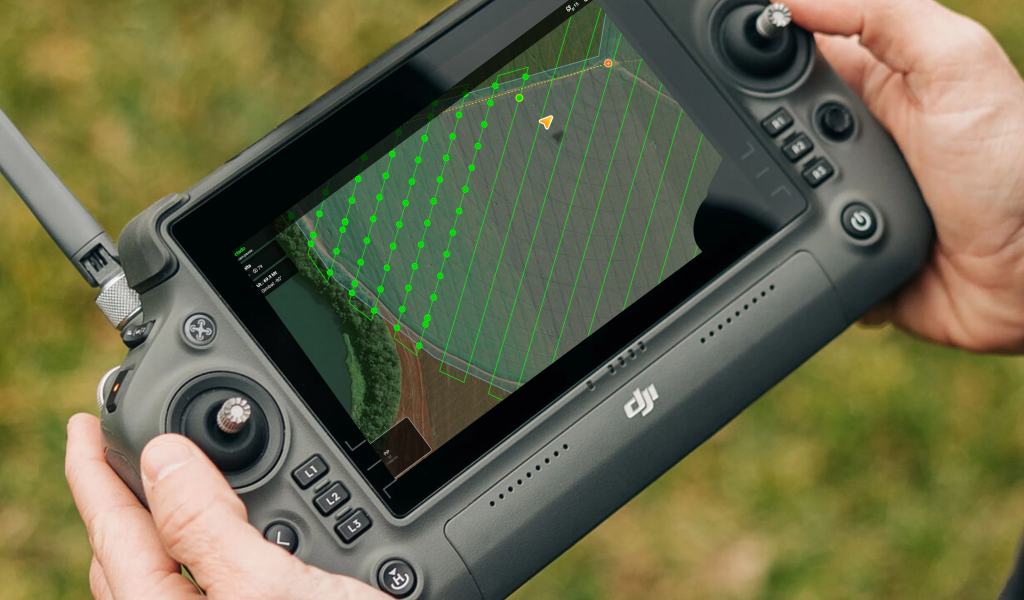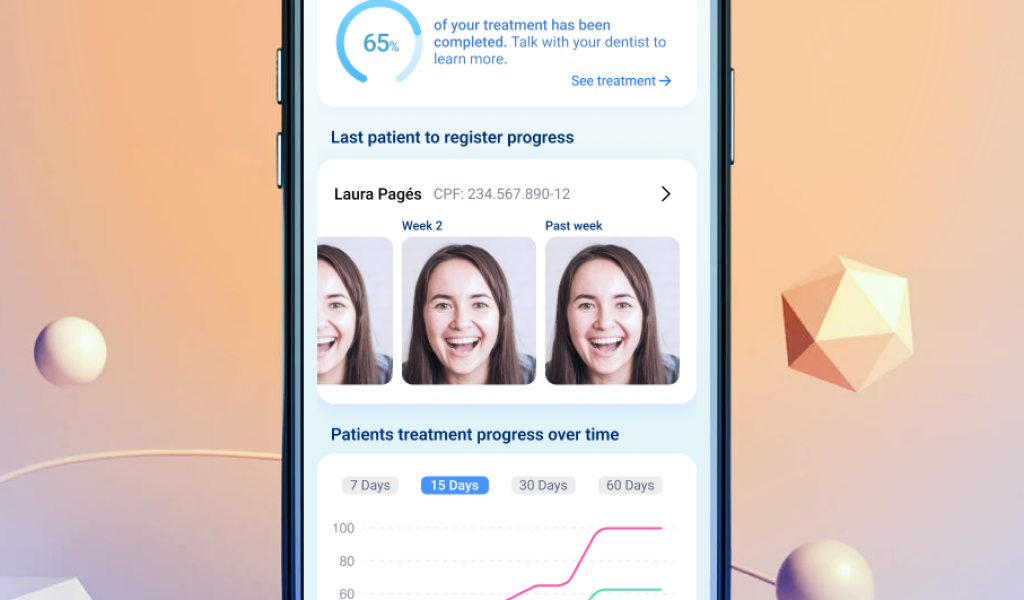Dentistry experience reinvented. Intuitive, Modern, Collaborative.
Role — Designer, Full-Stack Developer
Year — 2025
Tech Stack — Next, Three.js, TypeScript, NestJS, Mongo, AWS Cognito, Wasabi S3, Ant Design, Redux, React Query
A complete reimagining of the fragmented nature of traditional dental software, where practices juggle multiple disconnected systems for appointments, patient records, image viewing, and planning. The goal was to consolidate these workflows into a cohesive, intelligent platform that enhances clinical decision-making while streamlining administrative operations.
Built with modern React front-end (Next) to address the needs of contemporary dental practices, Amora focuses on creating seamless workflows that support rather than complicate clinical processes. The platform emphasizes visual diagnosis capabilities for clinics that heavily rely on radiographic imaging.
Interactive 3D Charting
The 3D visualization leverages Three.js, integrated with React views, to render accurate dental anatomy, providing interactive tooth models that practitioners can examine, rotating and zooming, for treatment planning.
Practitioners can view current and past treatments, including implants, root canals, and restorations, directly on the 3D chart. Tracking every stage of work from planning to completion with intuitive representations, making collaboration effortless while identifying areas that need attention.
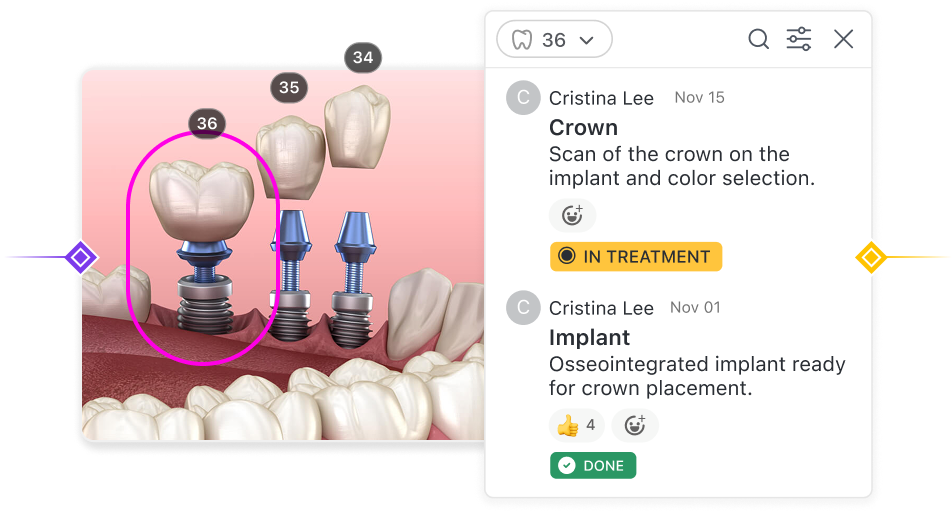
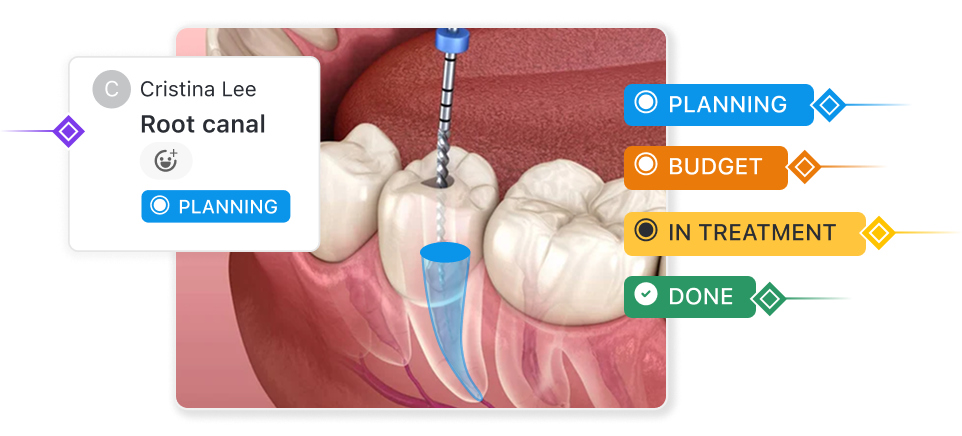
Voice commands enable practitioners to chart hands-free. The system records measurements, conditions, and treatments using voice recognition integrated with browser speech APIs to process natural language commands.
By selecting any tooth on the 3D chart, practitioners instantly access all historical images, including X-rays and CBCT scans. The system provides seamless navigation between diagnostics and patient history without switching screens.
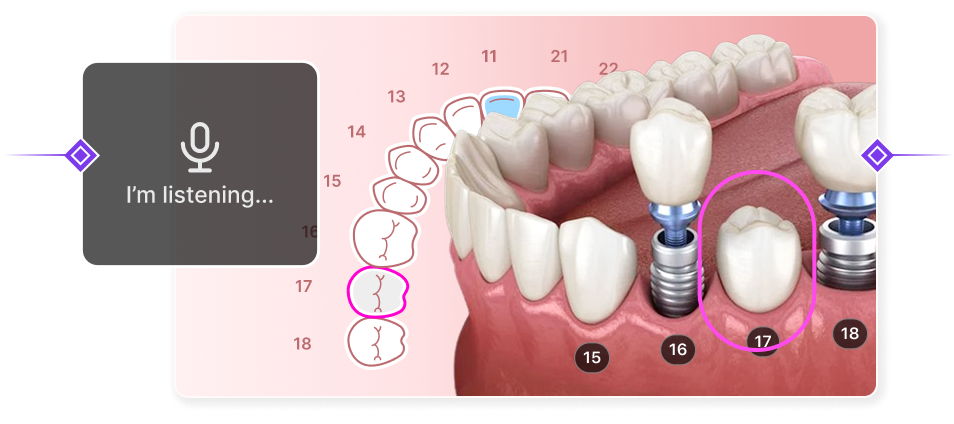
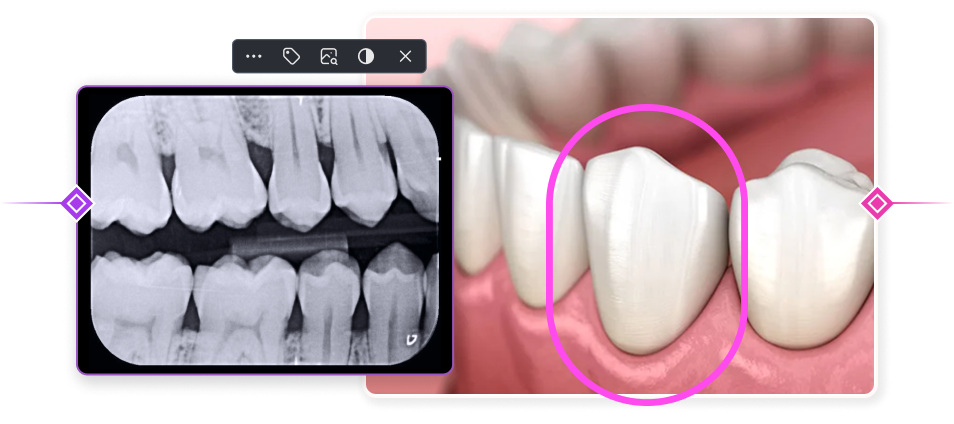
Speed imaging workflow
Allow practitioners to centralize communications directly on the patient’s visual record to boost productivity with everything in one place. It is possible to visualize patient X-rays, 3D scans, and other images side by side. The system provides a comparison of different imaging modalities and annotation capabilities for diagnostic accuracy.
The imaging interface uses flexible grid layouts built with React Grid Layout that adapt to different screen sizes and user preferences. Images can be repositioned and resized dynamically, with state persistence maintaining configurations across sessions.
Modern UI
The interface prioritizes intuitive interactions through advanced UI components that eliminate learning curves for clinical staff. Drag-and-drop functionality powered by dnd-kit enables practitioners to effortlessly reorganize pieces of information.
The use of Ant Design components provides enterprise-grade interface consistency across all modules, ensuring familiar interaction patterns whether managing appointments, reviewing patient records, or analyzing diagnostic images.
Dynamic grid layouts respond to user preferences, allowing clinical teams to create personalized workspaces that match their diagnostic workflows. Visual feedback and smooth animations guide users through complex procedures, making sophisticated dental software feel as intuitive as consumer applications.
Collaboration
Allow teams to share insights and feedback in real-time, directly on patient records. The system allows team engagement through contextual comments, allowing improved communication and decision-making without switching platforms. Allow teams to stay aligned and make informed clinical decisions.
Backend Robustness
The NestJS backend serves as the API layer for all platform functionality, handling multi-tenant patient management, appointment scheduling, practice organization, clinical documentation, and treatment tracking through dedicated modules.
Authentication and authorization are integrated with AWS Cognito for secure user management while maintaining HIPAA compliance requirements for healthcare data. The system enforces role-based permissions across all practice management features.
MongoDB serves as the primary data store, with Mongoose handling schema definitions and database operations. The database design accommodates the complex relationships between data collections while supporting flexible document structures that adapt to varying practice workflows.
Each module maintains its own service layer with dependency injection, allowing independent testing and deployment while sharing common utilities. The system supports multi-tenant architecture with organization-level data isolation and customizable business rules for different practice configurations.
Conclusion
Amora transforms traditional dental practice workflows through intelligent technology integration. The app demonstrates how modern web technologies can consolidate fragmented healthcare software into a cohesive system that enhances clinical efficiency while simplifying administrative operations.
The comprehensive architecture, spanning 3D visualization, real-time collaboration, and flexible practice management, creates a unified platform that adapts to diverse practice needs—from solo practitioners to large multi-location organizations.

